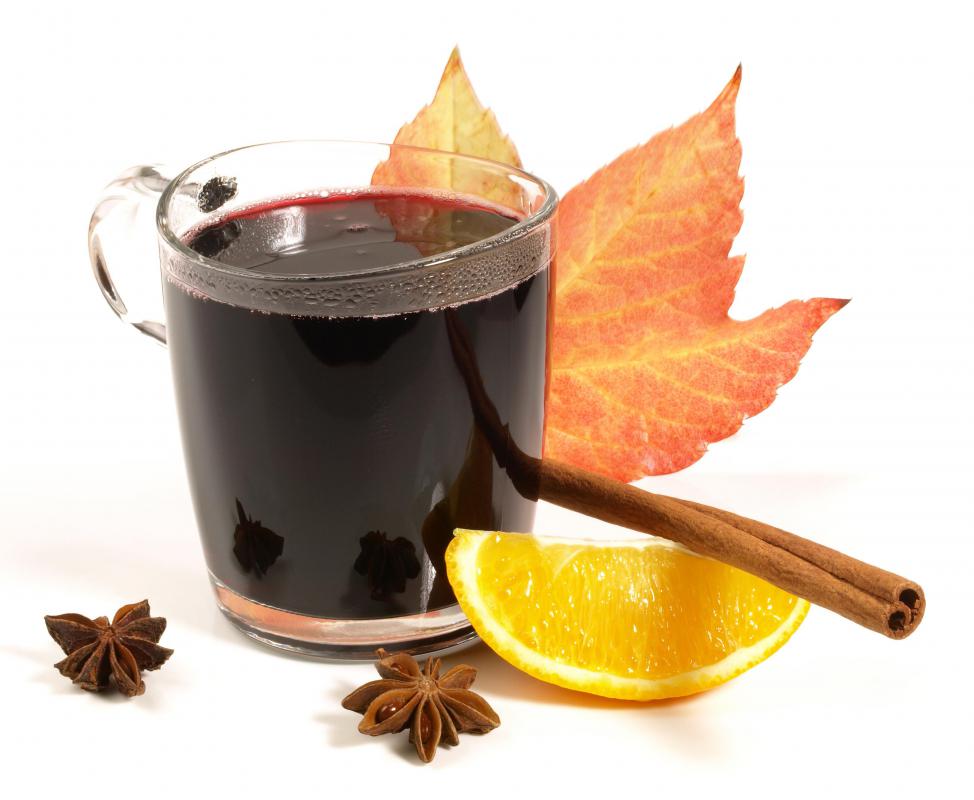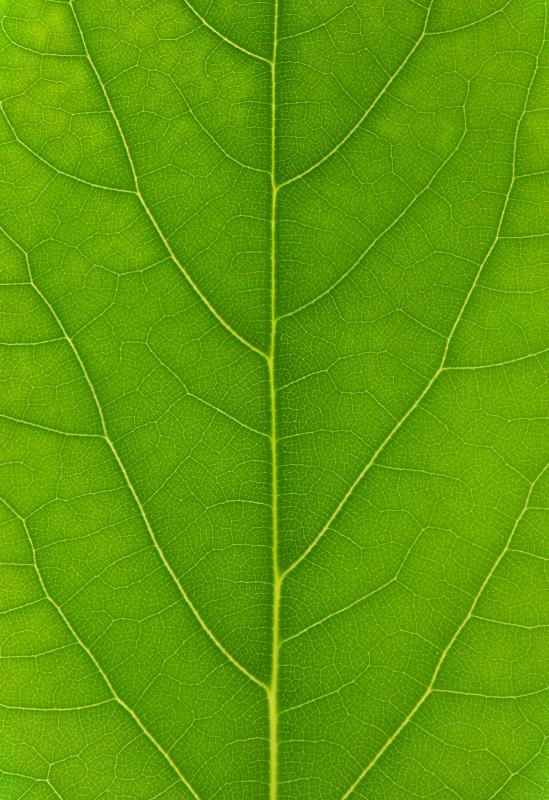At AllThingsNature, we're committed to delivering accurate, trustworthy information. Our expert-authored content is rigorously fact-checked and sourced from credible authorities. Discover how we uphold the highest standards in providing you with reliable knowledge.
Why do Leaves Turn Colors in the Fall?
The turning leaves of deciduous trees are a welcome sign of autumn and its longer, cooler nights. Vibrant reds, yellows, and oranges make up the color scheme of fall, and they are all part of the cyclical nature of the seasons. Leaves on trees, shrubs, and plants turn colors when they begin the process of going dormant for the winter.
Leaves are the parts of plants and trees that make the food necessary for sustaining life. Trees use sunlight, water, and carbon dioxide taken from the air to produce energy. The carbon dioxide and water are converted to glucose, which is a type of sugar. The glucose is then used as energy for the tree to live and grow. This entire process is called photosynthesis. Leaves are green because they contain the chemical chlorophyll, which facilitates photosynthesis.

Once the days and nights begin to cool and the nights get longer, the trees sense that fall and winter are approaching. In the trees' preparation to go dormant, circulation to the leaves, which are no longer needed to produce food, is cut off. Due to the longer nights and reduced sunlight, the production of chlorophyll is reduced, meaning that the green will eventually disappear from the leaves. Some of the pigments responsible for causing the vibrant colors in the leaves, such as carotenoids, are already present in the leaves, but are obscured by the green chlorophyll. Carotenoids are responsible for yellows, oranges, and browns.

The pigments that cause bright reds, russets, and purples are called anthocyanins. These are produced in the leaves of some species in the fall due to the excessive amounts of glucose in the leaves, along with the bright light of fall. This is why certain species of trees produce bright red leaves as opposed to others that turn out yellows or golds.

Maples are known for their range of autumn palettes. Different varieties of maple turn bright red, purple, yellow, or nearly colorless in the fall. Oaks tend to produce browns and reds due to the waste in their leaves. Hickory trees have golden brown leaves, and aspens and poplars turn yellow. Dogwoods produce reddish-purple leaves, while sourwoods and black tupelos produce bright crimson red leaves. Elms can be a little disappointing, as their leaves usually turn brown and fall off without a big show.

Different species turn at different times. Trees in the eastern region of the United States tend to turn earlier, in September, as do those in the central Rocky Mountains. By the end of November, trees in the Smoky Mountains, Adirondacks, and Appalachians will all have the leaves of fall. Out west, trees in the mountainous regions tend to turn the latest.

Several factors have an impact on fall colors, making some years better or worse for viewing than others. The best fall colors are due to a warmer, rainy spring, good weather during the summer, and warmer, sunnier fall days and cool nights. A more disappointing fall show may be due to a later spring, a drought during the summer, and a warmer spell during the fall.
Frequently Asked Questions
What causes leaves to change color in the fall?
Leaves change color in the fall due to the breakdown of chlorophyll, which is the green pigment responsible for photosynthesis. As daylight hours shorten and temperatures drop, chlorophyll production slows and eventually stops, allowing other pigments like carotenoids and anthocyanins to become visible, giving leaves their autumn hues.
Why do leaves stop producing chlorophyll in the fall?
Leaves stop producing chlorophyll in the fall as a response to the changing environment. With less sunlight and cooler temperatures, trees prepare for winter by conserving energy. The reduction in chlorophyll production is a part of this process, leading to the eventual shedding of leaves to conserve water and energy during the colder months.
What determines the color that fall leaves will turn?
The color that fall leaves will turn is determined by the presence of different pigments. Carotenoids produce yellow and orange hues, while anthocyanins are responsible for red and purple colors. The specific shade can also be influenced by factors such as species, soil pH, weather conditions, and the tree's overall health.
Do all tree species' leaves change color in the fall?
Not all tree species' leaves change color in the fall. Evergreens, for example, retain their green foliage year-round. Deciduous trees, on the other hand, typically display the vibrant fall colors as they prepare to shed their leaves. The intensity and variety of colors can vary widely among different species of deciduous trees.
Can weather conditions affect the vibrancy of fall leaf colors?
Yes, weather conditions can significantly affect the vibrancy of fall leaf colors. Ideal conditions for bright fall colors include a warm, wet spring, a summer that's not too hot or dry, and a fall with plenty of sunny days and cool nights. These conditions can enhance the production of pigments like anthocyanins, leading to more vivid displays.
Is climate change impacting fall foliage colors?
Climate change is impacting fall foliage colors by altering the timing and intensity of color changes. Warmer temperatures can delay the onset of fall colors and reduce the vibrancy of foliage. Additionally, extreme weather events, such as droughts or heavy rainfall, can further disrupt the natural processes that lead to the display of fall colors.
AS FEATURED ON:
AS FEATURED ON:















Discussion Comments
this helped out with a project.
In the Central Rocky Mtns., trees turn earlier than in the east. Typically, mid to late September is peak for the central Rocky Mountains. Fall color occurs later in the east, typically, mid to late October or early November.
I am a professional photographer and the fall color is one of my favorite subjects to shoot, so I am very familiar with the time of year that this occurs.
Thanks!
Steve Hunt
Hunt Group Productions
In a tropical country like mine we don't really get to see a "Fall Show", so the article really made for interesting reading, especially since we have recently downloaded beautiful wall papers of maple trees during autumn.
Post your comments